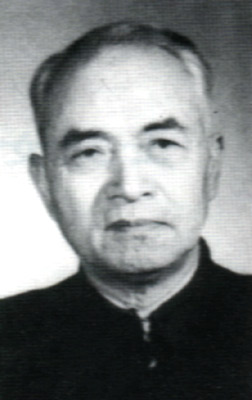
Li Siguang (1889-1971), a geologist and founder of geological mechanics, was born in Huanggang, Hubei Province. In his early years, Li Siguang joined the Tongmeng League, a revolutionary team, and participated in the 1911 Revolution of China. He visited countries such as France, Germany, and Switzerland. Before 1949, he had been a professor in Peking University and president of the Central Institute of Geologics. After 1949, he was elected as vice president of China Academy of Sciences, president of China Institute of Ancient Biology, academician of CAS, president of China Association for Science and Technology, Minster of Ministry of Geology. He was elected as member the 1st, 2nd, 3rdNational Congress, vice president of 2ndand 3rdChinese People's Political Consultative Conference, member of the 9thCCP Central Committee.
In the 1920s, Li Siguang set up the subject of geological mechanics and made great contribution to the geological theory. He studied lithosphere with the mechanic theory, and established the tectonic system, one of the basic concepts of tectonic mechanics. He provided new ways to explore the natural phenomena and ushered in new ways of studying the lithosphere movement. His theory made great contribution to China's oil reconnaissance and survey. With the geological mechanics, he analyzed the geology and pointed out that China had abundant oil and gas resources. The continuous development of Daqing oilfield, Shengli oilfield and Dagang oilfield proved that Li Siguang was really farsighted in science. In the earthquake studies, Li Siguang emphasized the importance of observing changes in terrestrial stress on the base of studying geological structural movement, and showed clearly the orientation for earthquake forecasting work.
What's more, as early as the 1920s, Li Siguang visited many places such as the piedmont of Taihang Mountain, Datong Basin, Lushan Mountain and Huangshan Mountain, and found the vestige variations of the Quaternary Period glacier. He proved wrong many academic authorities' conclusion that China had no Quaternary Period glacier.
